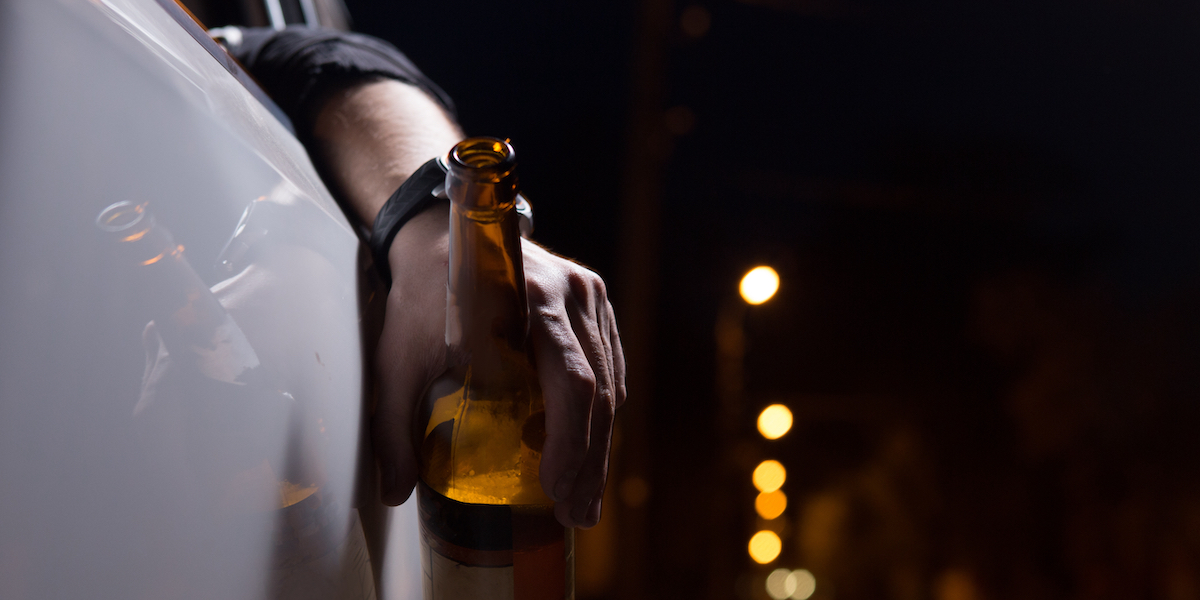Despite years of efforts to promote public safety, drunk driving remains a leading cause of fatal accidents in the United States. Despite numerous awareness campaigns and strict laws, drunk driving accidents still occur and result in loss of life, physical harm, and property damage. According to the National Highway Traffic Safety Administration (NHTSA), almost 10,000 people die each year in drunk driving accidents, accounting for approximately one-third of all traffic-related deaths in the country.
If you or a loved one has been injured in a drunk driving accident in Minnesota that was caused by another person, you may be eligible for compensation. Contact CarAccidentAttorney.com to find a lawyer in your area who can assist you.

Causes of Drunk Driving Accidents
Drunk driving accidents occur when a driver operates a motor vehicle despite being under the influence of alcohol or drugs. Alcohol impairs a person’s judgment, vision, coordination, and reaction time, all of which make it difficult to operate a motor vehicle safely. When a drunk driver is on the road, they put their own life as well as the lives of other road users at risk.
So, why do drunk driving accidents continue to happen in Minnesota? One of the main reasons why is that many people underestimate the effects of alcohol on their driving abilities. The level of impairment a person experiences depends on several key factors, like the amount of alcohol consumed, body weight, gender, and tolerance level. Far too many inebriated people feel that they are still in control and are able to make it home safely. That is the alcohol talking, not your better judgment. Getting home safely is not always the case.
It is also worth noting that alcohol is an addictive substance. Addiction most certainly plays a part in drinking and driving, as an addict is not in complete control of their decisions.
The Damage of Drinking and Driving
Drunk driving accidents can have catastrophic effects. Victims of such accidents may experience loss of life, permanent injuries, or disabilities. For those not directly involved, family members and loved ones may suffer from emotional trauma, financial hardships, and lifelong grief. Moreover, drunk driving accidents can impose significant costs on society, including increased healthcare expenses, lost productivity, and a burden on the legal system.
Apart from the human toll, drunk driving accidents can also have a considerable economic impact. According to the NHTSA, the yearly cost of alcohol-related crashes in the US is over $44 billion. This includes the expenses of medical care, property damage, lost wages, and legal fees.
To mitigate the number of drunk driving accidents, several measures have been taken, including awareness campaigns, sobriety checkpoints, and more stringent laws.
Drunk Driving Laws and Punishments
In the U.S., it is illegal to drive with a blood alcohol content (BAC) of 0.08% or higher. Some places have even stricter laws under certain circumstances, with a BAC limit of 0.05% or lower. For certain professions – such as truck drivers – the legal BAC is lower than the typical standard. Penalties for drunk driving can include fines, license suspension or revocation, community service, and even jail time.
In addition to legal penalties, some states have implemented ignition interlock devices. These devices prevent a vehicle from starting if the driver’s BAC is above a certain level. Ignition interlocks have been shown to be effective in reducing drunk driving accidents. In fact, the CDC has found that these systems lower repeat drunk driving offenses by 70%.
It’s important to note that all states have implemented implied consent laws regarding drunk driving. When you receive your drivers lisence, you agree to comply with field sobriety tests when pulled over on suspicion of drunk driving. If you refuse, you may face immediate license suspension among other penalties.
How to Prevent Drunk Driving
Despite these measures, drunk driving accidents continue to happen. More needs to be done to address the root causes of drunk driving. This includes addressing the cultural acceptance of alcohol and changing attitudes towards drinking and driving. It also includes improving public transportation options, especially in areas where access to transportation is limited.
Individuals can also take steps to prevent drunk driving accidents.
If you plan on drinking, designate a sober driver or use public transportation. Avoid getting into a vehicle with a driver who has been drinking. If you believe you see a drunk driver on the road, report them to the authorities.
Consult a Personal Injury Lawyer
Drunk driving accidents have devastating consequences on individuals, families, and society as a whole. While progress has been made in reducing the number of these accidents, more needs to be done to address the root causes. This includes changing cultural attitudes towards alcohol, improving public transportation options, and implementing stricter laws and penalties. Ultimately, preventing drunk driving accidents requires a concerted effort from individuals, communities, and governments.
If a drunk driver has injured you or a loved one, an attorney in Minnesota can help you fight for compensation. To find a knowledgeable attorney in your area, reach out to CarAccidentAttorney.com. CarAccidentAttorney.com is a personal injury law firm directory. We are here to help you find resources in this trying time.
